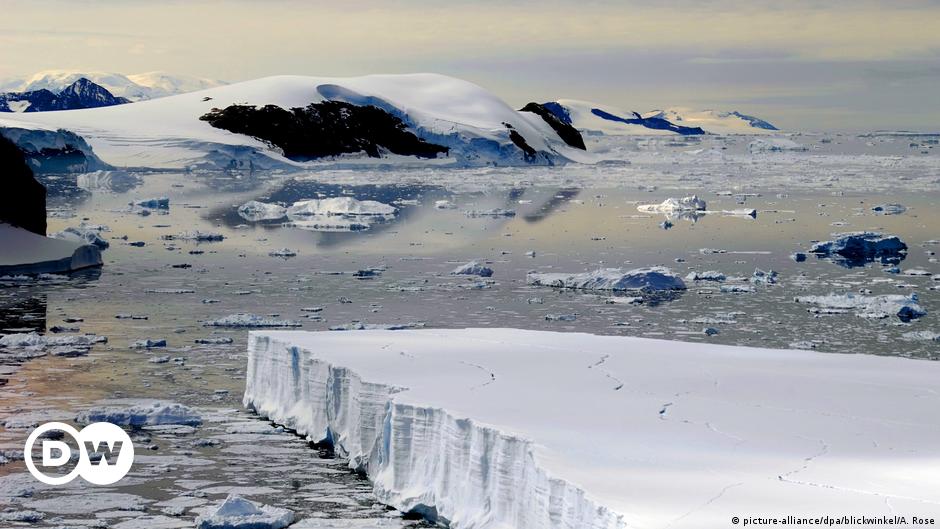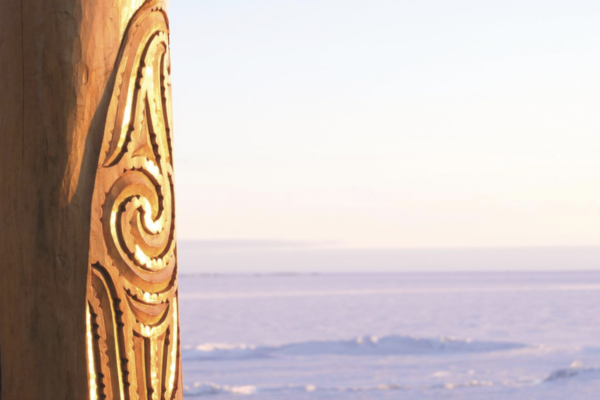
Edge of Pine Island Glacier’s ice shelf is ripping apart, causing key Antarctic glacier to gain speed
The ice shelf on Antarctica’s Pine Island Glacier lost about one-fifth of its area from 2017 to 2020, mostly in three dramatic breaks. The timelapse video incorporates satellite images from January 2015 to March 2020. For most of the first two years, the satellite took high-resolution images every 12 days; then for more than three years it captured images of the ice shelf every six days. Images are from the Copernicus Sentinel-1 satellites operated by the European Space Agency on behalf of the European Union. Credit: Joughin et al./Science Advances
For decades, the ice shelf helping to hold back one of the fastest-moving glaciers in Antarctica has gradually thinned. Analysis of satellite images reveals a more dramatic process in recent years: From 2017 to 2020, large icebergs at the ice shelf’s edge broke off, and the glacier sped up.
Since floating ice shelves help to hold back the larger grounded mass of the glacier, the recent speedup due to the weakening edge could shorten the timeline for Pine Island Glacier’s eventual collapse into the sea. The study from researchers at the University of Washington and British Antarctic Survey was published June 11 in the open-access journal Science Advances.













/cdn.vox-cdn.com/uploads/chorus_asset/file/24987916/Mark_Zuckerberg_Meta_AI_assistant.jpg)




